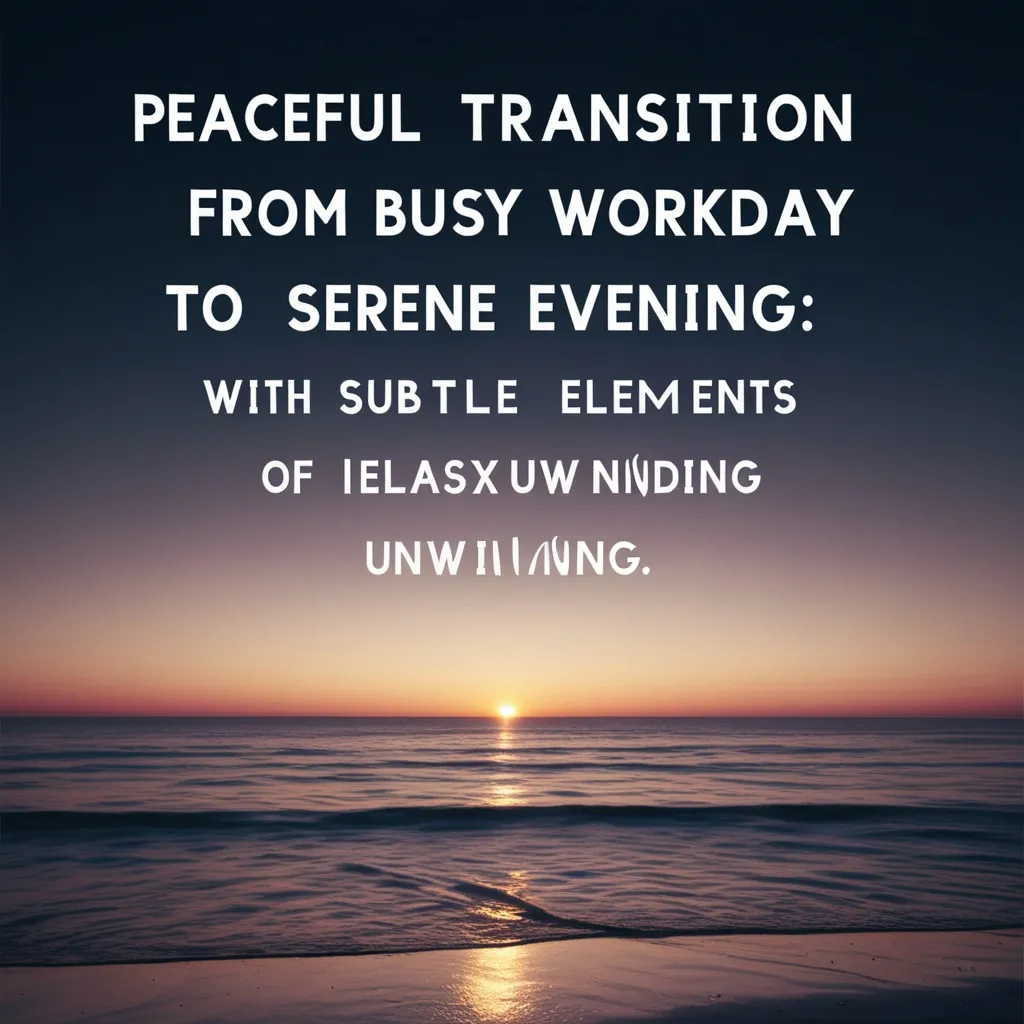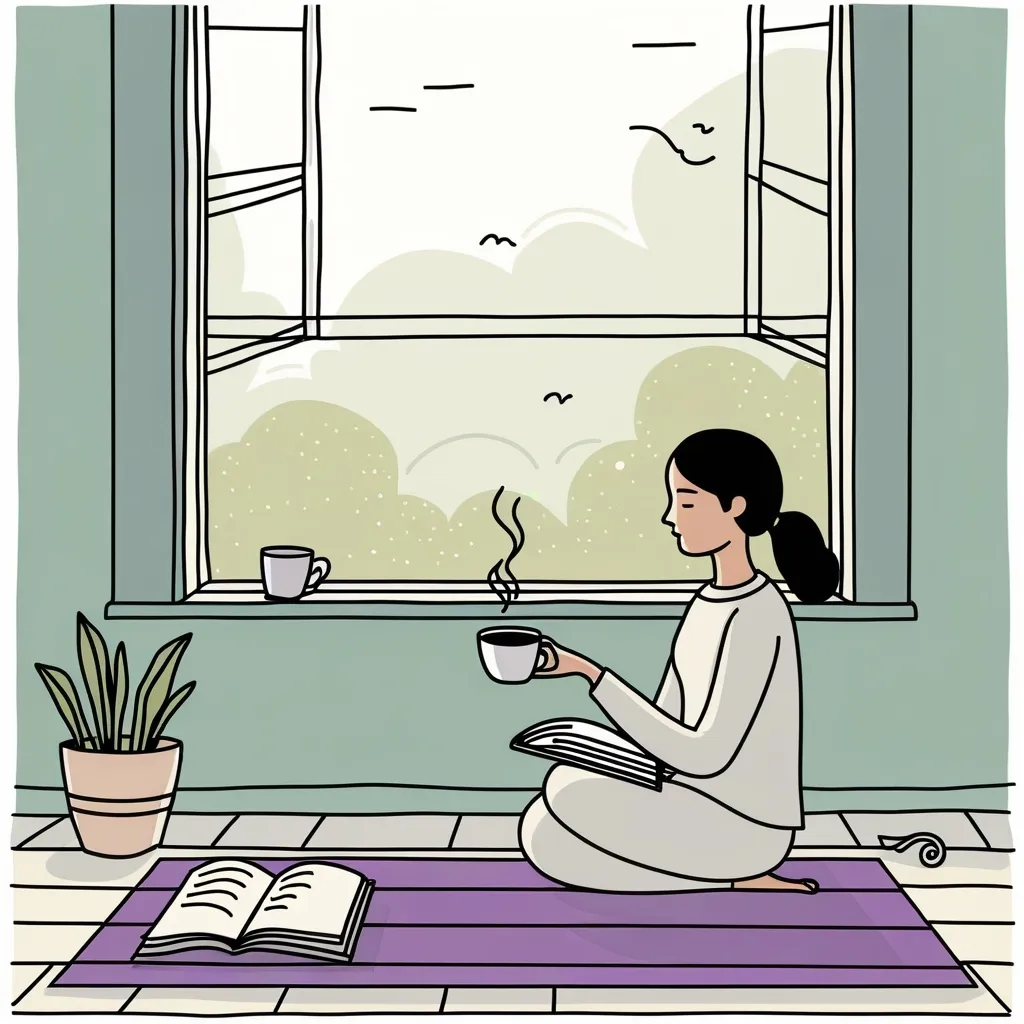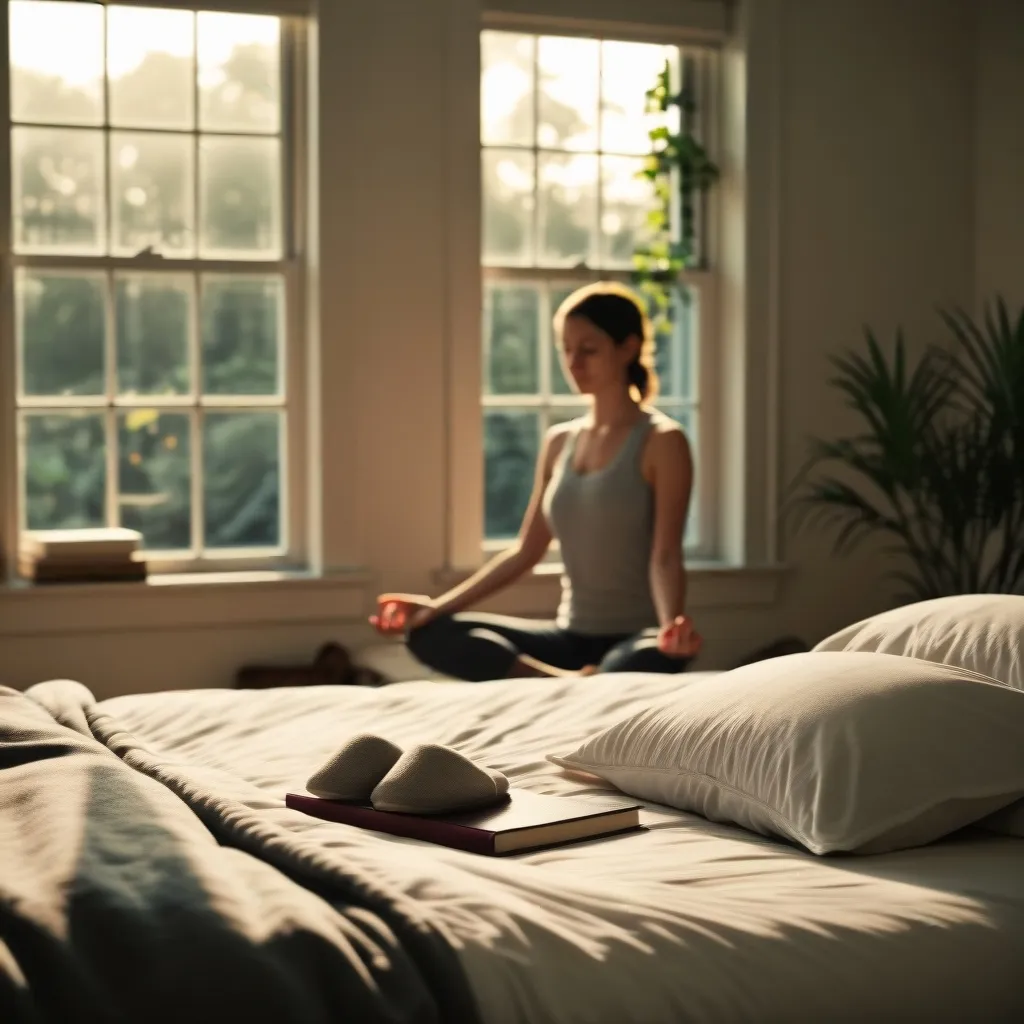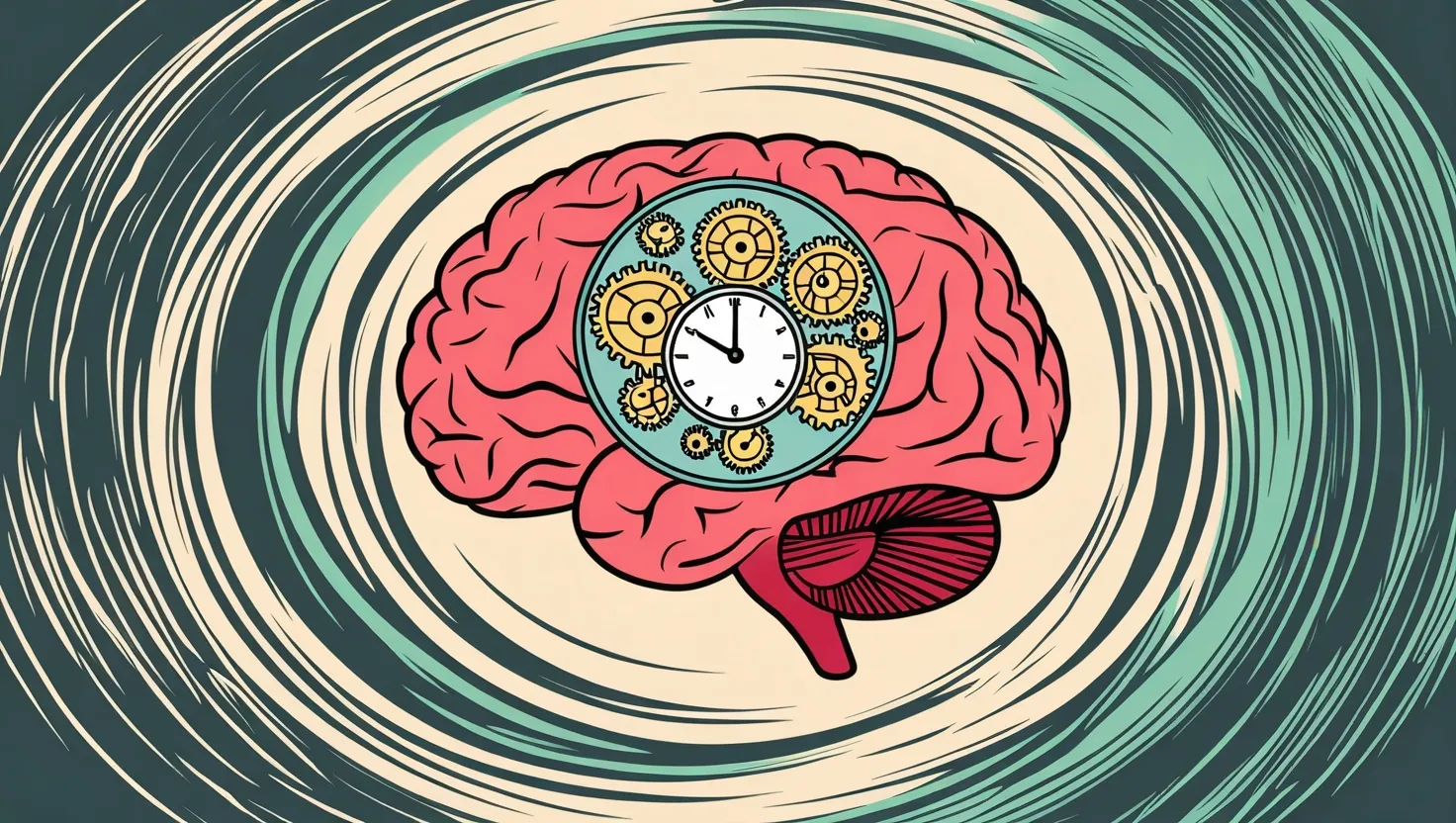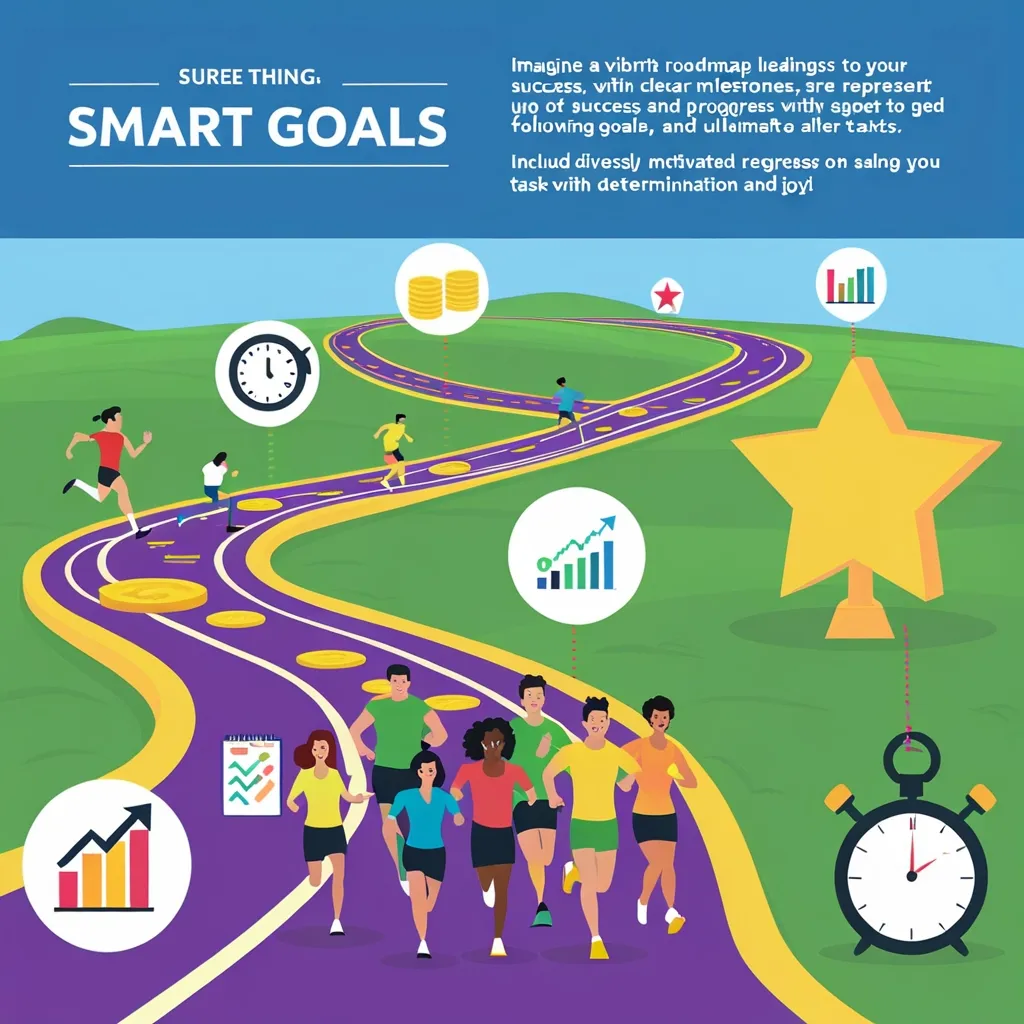In the hustle and bustle of our daily grind, especially for those of us working remotely, striking a balance between work and personal life can feel like a constant battle. That line between our professional duties and personal time often gets so blurred that we end up feeling perpetually “on the clock.” It’s not just exhausting — it can wreak havoc on our mental and physical health. But there’s a simple, powerful solution that can help us reset and recalibrate: an evening shutdown ritual.
Why a Shutdown Ritual is a Lifesaver
Think of a shutdown ritual as more than just winding down from work. It’s a deliberate act that announces, “The workday is officially over.” Without this, it’s all too easy to get stuck in work mode, incessantly checking emails or mentally ticking off to-do lists. This constant state of alert only ramps up stress and anxiety, eventually leading to burnout. Creating a clear boundary between your work and personal life lets you take back control of your time and, ultimately, your well-being.
Shaking Off Stress, Embracing Productivity
One of the big wins of a shutdown ritual is its power to lower stress. When you have a structured endpoint to your workday, it brings a sense of order and control. That in itself is a huge stress-buster. Plus, having a game plan for what needs doing the next morning means you can hit the ground running. It’s all about working smarter, not harder.
Building Your Own Shutdown Ritual
Crafting a shutdown ritual doesn’t have to be a big deal. Start with some easy steps to make it your own:
Begin by sorting out any unfinished tasks. Jot them down — whether it’s in an app, a Google Doc, or just a trusty notebook. This gets everything out of your head and into a manageable format. Don’t overwhelm yourself; break bigger tasks into smaller bites.
Next, figure out what needs your attention the following day. Maybe try the “Eat the Frog” technique, tackling the toughest task first. Or you could start easy and build momentum — it’s your call. Just give yourself realistic time frames for each task.
Take a moment to pat yourself on the back for what you’ve accomplished. It’s easy to get fixated on what’s left to do, but acknowledging your wins gives a boost and helps with the work-to-home transition.
It’s amazing what a difference tidying up your workspace can make. Clear the physical and digital clutter — put away files, close redundant browser tabs, and straighten up your desk. This sets a clean slate for the next day.
Set a hard stop for your workday — and stick to it. Whether it’s at 5 PM or 7 PM, having a firm endpoint helps keep things in check. When quitting time strikes, power down your computer, switch off the lights, and step away from your workspace.
Finally, reward yourself. It doesn’t have to be grand; maybe a cup of tea or a bit of chocolate, or time with family. Rewards reinforce the habit and make the transition smoother.
Real-Life Shutdown Rituals
Everyone’s different, and what works for one person might not work for another. Here are a few shutdown ritual ideas that various folks swear by:
Some people find closing their laptop and high-fiving the family a perfect way to cap off the day.
Muting notifications on work apps can also make a huge difference. The constant ping of emails and messages can be a mental trap, keeping you on edge.
Jumping into a small chore like bringing in the mail, feeding pets, or watering plants helps shift gears from work to home mode.
Spending a little time with the kids — maybe on a puzzle or a quick Lego session — is another fantastic way to transition.
And of course, enjoying a drink with friends, even virtually, makes a relaxing ritual as well.
Building Consistency
The key to making any ritual stick is consistency. Pick actions that resonate with you and do them at the same time every day. You might even come up with a phrase like “Workday complete!” as a cue to wrap things up. This little mantra can act as a mental bridge, helping you leave work thoughts behind.
The Mind Game
An evening shutdown ritual has deep psychological perks. It’s like flipping a switch — helping you let go of work-related stress and focus on personal time. Knowing that you’ve wrapped up your day’s tasks and have a plan for tomorrow gives peace of mind. It makes you less likely to obsess over unfinished work, allowing for true relaxation.
Wrapping Up
In the end, an evening shutdown ritual isn’t just a nice-to-have; it’s essential for a balanced and healthy life. By organizing your tasks, prioritizing them, and creating a clear end to your workday, you reduce stress, boost productivity, and enhance your overall well-being. Whether it’s as simple as powering down your laptop or as joyful as a family dance party, find your ritual and make it a daily habit. It’s a small investment for immense benefits, ensuring you’re ready to tackle each new day with clarity and focus.
